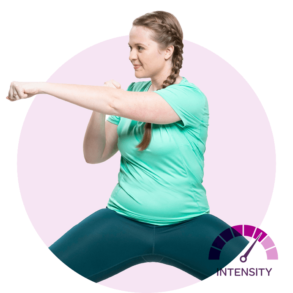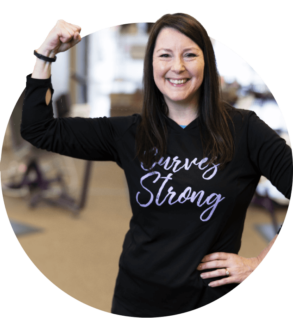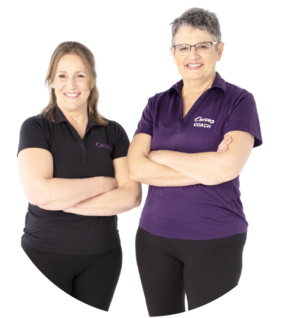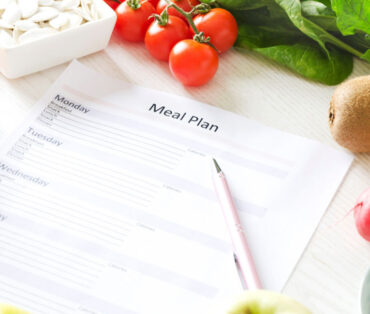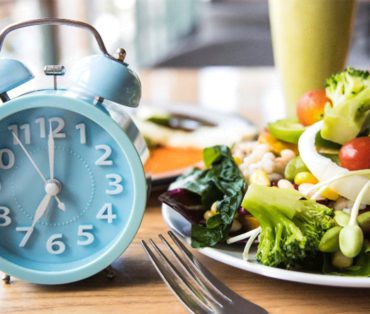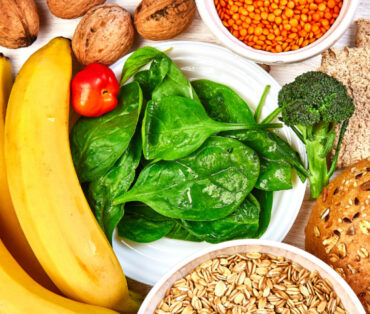5 Healthy Foods You Just Have to Try!
Variety is the spice of life and may aid in weight management, too. Research out of the Cornell Food and Brand Lab found that adventurous eaters—individuals who like to try new and unusual foods and enjoy a wide variety of them–tend to have a lower body mass index (BMI) than those who eat the same old veggies, fruits, and meats week after week.
Does this mean that if you eat a wider variety of foods, you’ll necessarily lose weight? Certainly not if you’re exploring new flavors of ice cream or the latest offering in the chip aisle at your local market. The Cornell study, which analyzed a questionnaire given to 501 women, focused on foods low in fat and high in nutrition such as kale, venison, and seaweed. Still, this doesn’t answer the chicken-or-egg question: Does adventurous eating directly lead to better weight management, or do adventurous eaters have other habits that help them maintain a healthy BMI?
The answer is less important than how you approach adventure in your own food choices. Becoming an adventurous eater allows those of us who are watching our calorie intake to enjoy a wider variety of healthy foods. If you’re following Curves nutrition program, you’ll get help from your Curves coach on how to incorporate new, healthful foods into your weight loss eating plan. By adding a wider variety of foods to your diet, you may feel less deprived and find it easier and more enjoyable to stay committed to your healthy eating goals and achieve success in your weight loss eating plan. So, as part of your Curves commitment, invoke your adventurous spirit now as the fall harvest produces an abundance of fresh nutritious vegetables and fruits. Here are five in-season foods to try along with suggestions on how to prepare them:
Kale
If you have yet to join the craze for this bold green, be brave and give it a try as part of your weight loss eating plan. One cup of fresh kale pieces contains a scant 8 calories and is an excellent source of beta carotene, lutein and zeaxanthin (important for eye health) and is also rich in vitamins A, K, C, and other nutrients.
- Blend together a smoothie with nonfat milk or almond milk, banana, pineapple, shredded kale, and a touch of agave.
- Toss finely shredded kale with sunflower seeds, dried cranberries, chopped dates, and a vinaigrette made with orange juice and olive oil.
Bok Choy
Also known as Chinese cabbage or pak-choi, this nutritious green is a frequent ingredient in Chinese cuisine. It’s rich in calcium, iron, potassium, vitamin K, and beta carotene. One cup of raw bok choy contains only 9 calories; a half cup cooked, 81 calories.
- Drizzle with olive oil, sprinkle with chopped scallion, and roast at 425°F for about 6 minutes.
- Stir-fry bok choy with shrimp, garlic, and red peppers in canola or sesame oil and toss with a generous squeeze of lemon juice.
Broccoli Rabe or Rapini
This cousin to broccoli bears resemblance but does not produce the large heads. It is a good source of iron, calcium, vitamins A, C, and K, and beta carotene. Popular in Italy, broccoli rabe is less common in North America, but try these serving suggestions and it may become a new favorite part of your healthy eating plan.
- As a main dish: Cook your favorite pasta in boiling water according to package directions. Two minutes before the pasta is done, add chopped broccoli rabe, sliced zucchini, and a can of rinsed cannellini beans. Finish cooking, drain the mixture in a colander, and toss with olive oil and Parmesan.
- As an app: In a large bowl, toss together rinsed canned chickpeas, sliced radishes, red onion, chopped cooked broccoli rabe, and your favorite vinaigrette. Enjoy as a dip with some crisp whole-grain pita chips.
Rutabaga
Rutabaga may not be the prettiest of root vegetables, but it’s beautiful in flavor and nutritional value. One cup of cubed raw rutabaga weighs in at only 52 calories but serves a hefty dose of potassium. Here are two rutabaga recipe suggestions:
- In a saucepan simmer peeled and chunked carrots and rutabagas till tender, about 30 minutes. Mash with some olive oil and a teaspoon or two of honey.
- Peel rutabagas and cut into matchsticks. Toss with canola oil, sprinkle with cumin and garlic powder, and bake on a greased shallow baking pan at 450°F for 45 minutes, turning occasionally.
Asian Pear
Satisfy your sweet tooth with this crisp, delightful fruit. A small 2 ½-inch-diameter pear delivers about 50 calories and 4 ½ grams of fiber. Asian pears are delicious in a salad, as dessert or a side. Here are some suggestions on how to incorporate Asian pear into your weight loss eating plan:
- Thinly slice an Asian pear over a bed of arugula and toss with a drizzle of olive oil. Top with a sprinkling of goat cheese.
- Cut an Asian pear in half and core. Fill the cavity with a mix of walnuts, chopped dried apricots, a pinch of cinnamon, and a drizzle of light maple syrup. Bake at 350°F till tender, 35-40 minutes.
Who says a weight loss eating plan has to be boring and bland? With Curves nutrition program, you can be bold, be adventurous with these new additions to your current fruit and vegetable choices and eat healthfully at the same time. After all, when you make healthy eating more fun, it’s more likely to become a habit that sticks.


